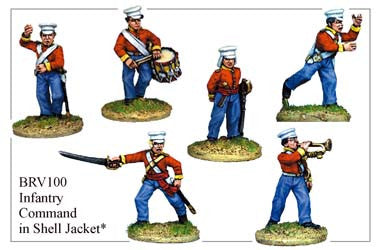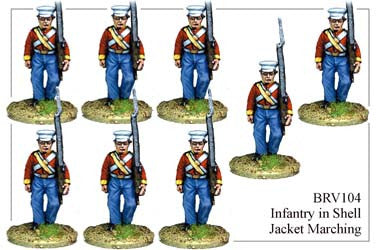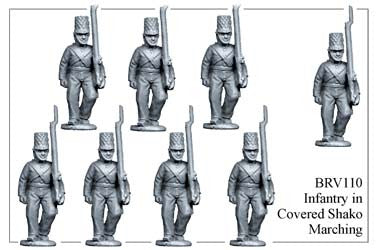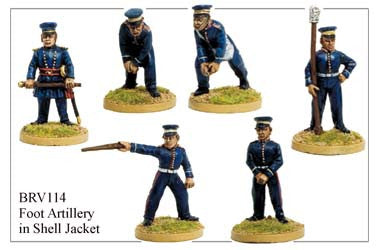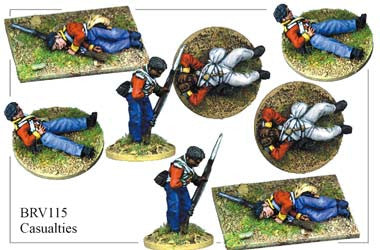Sikh Wars 1845-46, 1848-49
The 1st Sikh War 1845-46 is often refered to as the Sutlej Campaign and the 2nd Sikh War is usually called the Punjab Campaign.
The British had feared an alliance between the Maharattas of Gwalior and the Sikhs of the Punjab which would have posed a serious threat to their dominance and prestige in India. Having dealt with the threat of Gwalior the British were now aware of the increasing power of the Sikhs along their northern frontiers. The Sikhs were the last major independent group in India, but at the start of the 19th century were not a unified state.
There were several groups of Sikhs who the self proclaimed Maharajah of Punjab, Ranjit Singh wished to unite. Ranjit Singh knew that as he developed his ideas of a Sikh state that he had to adopt European ideas for modernizing the army and at the same time avoid conflict with Britain. By 1883 a system similar to the French had been adopted with 3 or 4 battalions of infantry being brigaded with an artillery battery and a cavalry force of 2 to 6,000. The men were not all Sikhs but included Punjabi Moslems, Gurkhas and Pathans. There were also East India Company men who were encouraged to desert by the offer of more pay and better prospects. In addition to the regular standing army there were still large numbers of noble cavalry, irregular infantry, religious fanatics (Akalis), and mercenaries such as Afghans.
The Khalsa, as the Sikh army was called, was to provide stern opposition unlike many other colonial campaigns where the climate and terrain often proves as daunting, if not more daunting, than the enemy troops. Khalsa literally means 'follower'.

